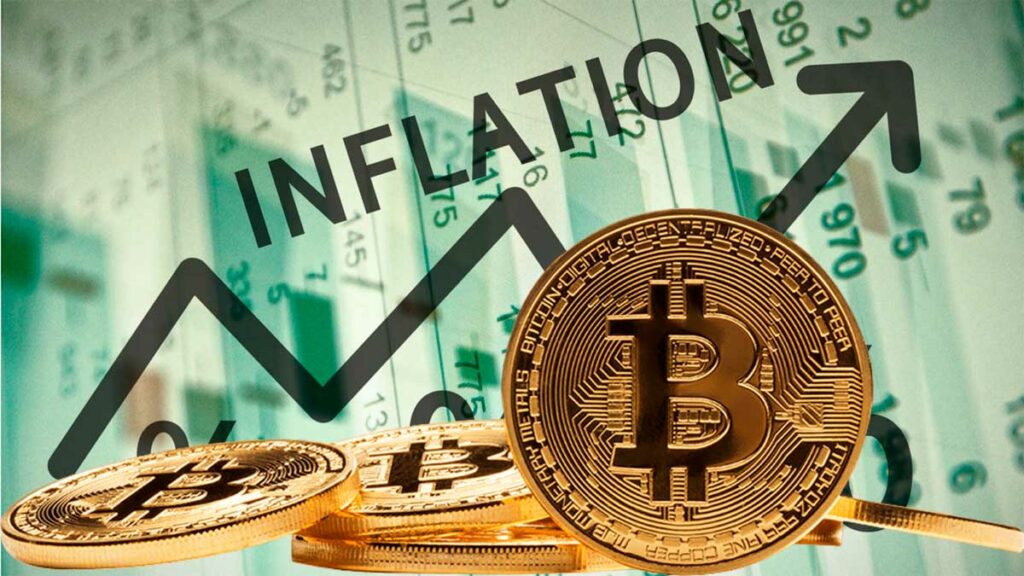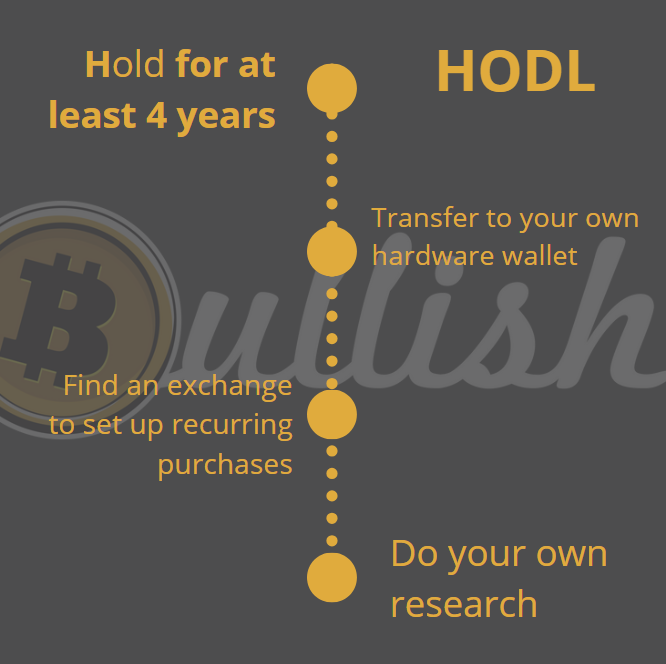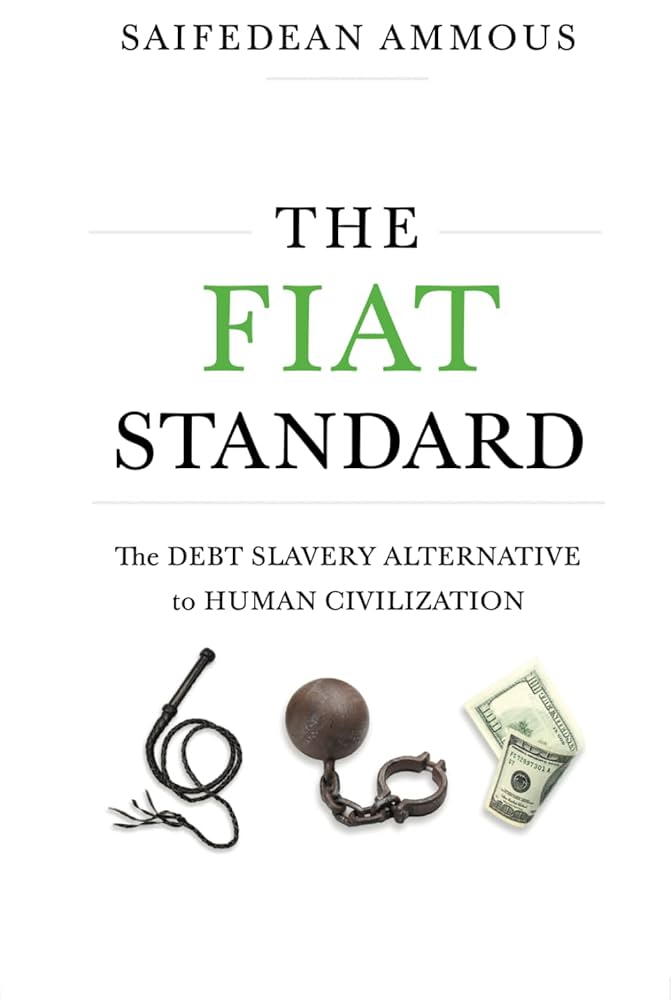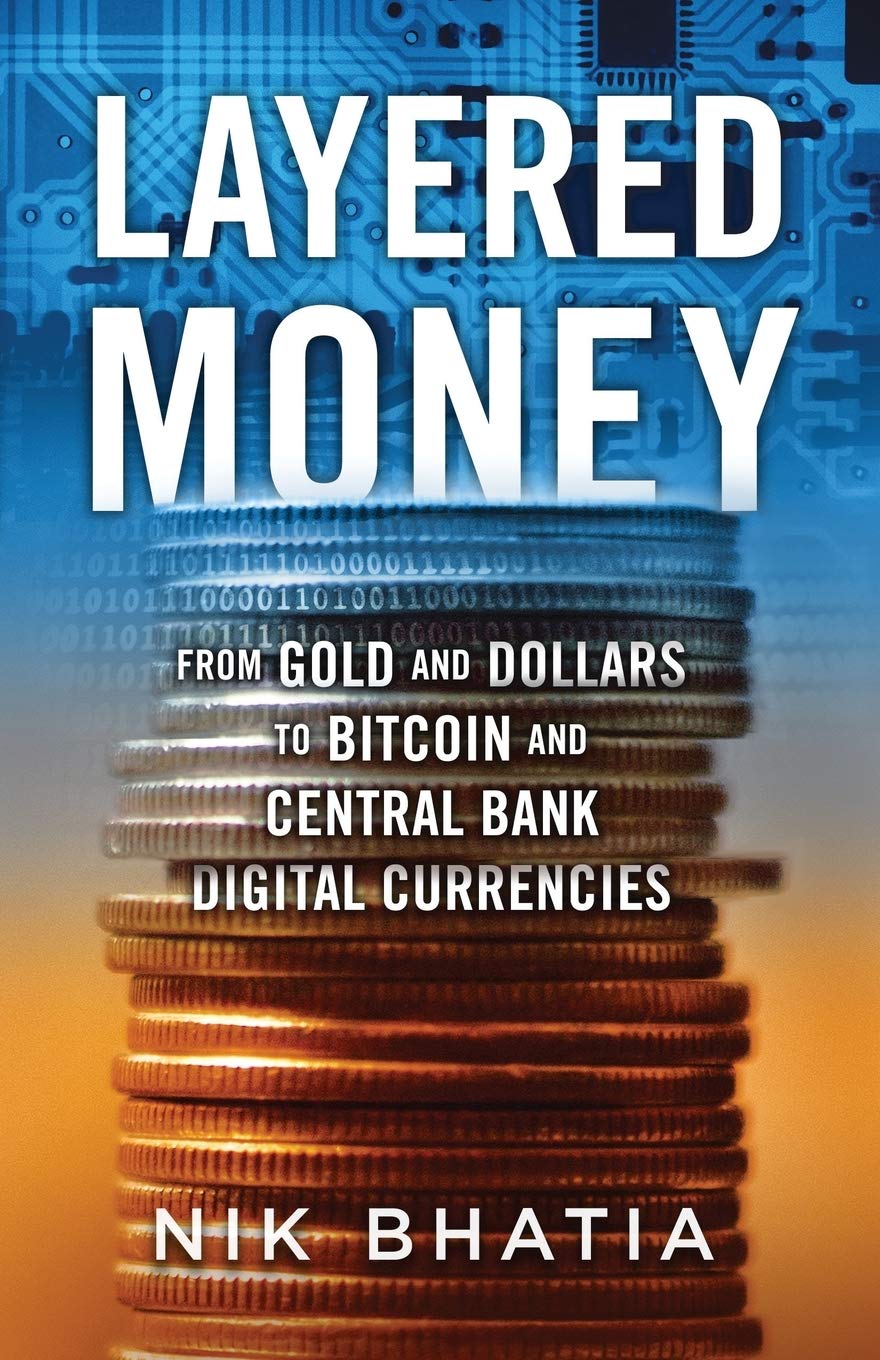BITCOIN AS
SOUND MONEY
BITCOIN AS
SOUND MONEY
Explore how Bitcoin restores financial integrity with fixed supply, decentralization, and resistance to inflation. This resource breaks down why Bitcoin isn’t just digital currency—it’s the foundation for a more stable, honest monetary future.

"Bitcoin fixes the root of economic instability: money that loses value over time.”
– Saifedean Ammous

"Bitcoin fixes the root of economic instability: money that loses value over time.”
– Saifedean Ammous
Featured
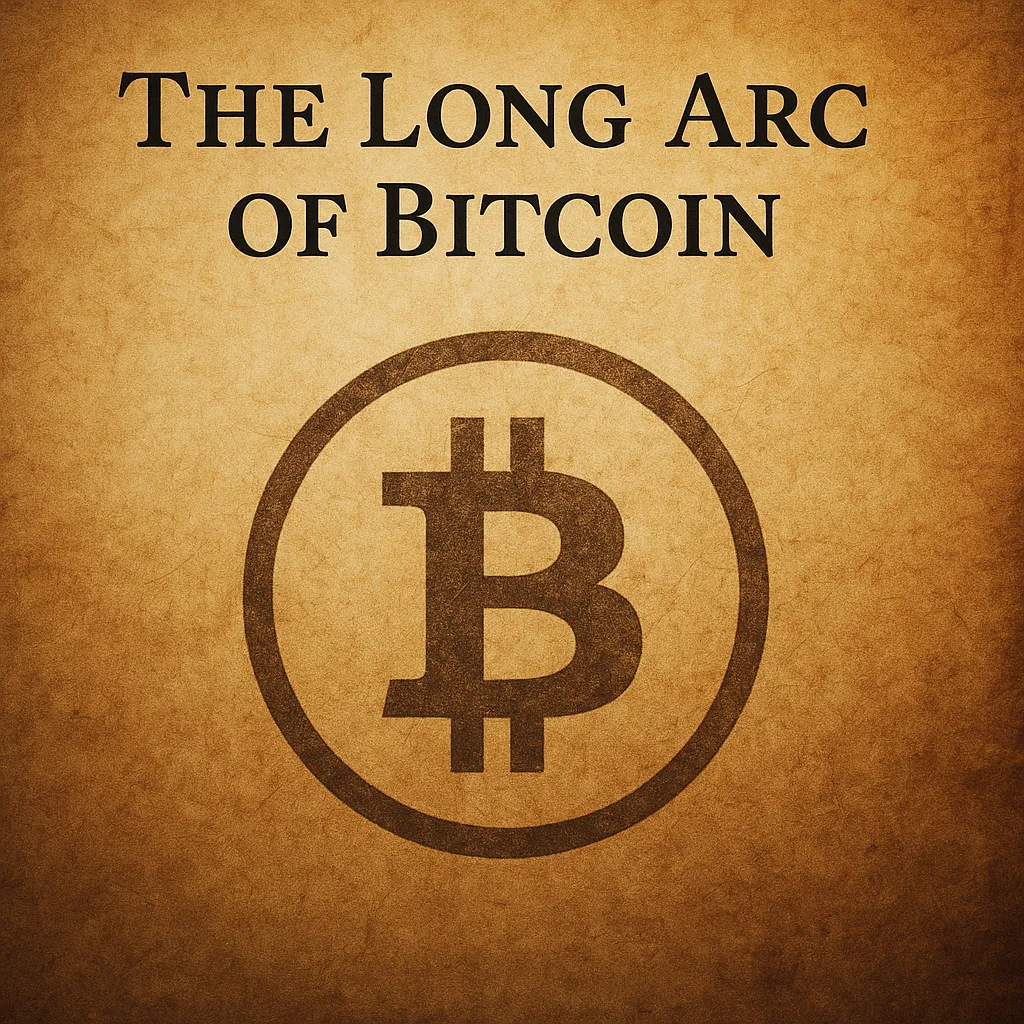
The Long Arc of Bitcoin: A Historical Forecast, 2025–2050
Written from the perspective of 2050, looking back at how Bitcoin reshaped the world in one generation.
Introduction: The Fork in the Road
In 2025, humanity stood at a crossroads. On one side, governments promised security through digitized currencies, centralized systems, and increasingly powerful bureaucracies. On the other, a silent revolution of self-sovereignty was underway, powered by a decentralized protocol with no ruler, no headquarters, and no marketing department: Bitcoin.
To most, Bitcoin was still misunderstood. Some saw it as a gamble, others as a scam, and many as irrelevant. But a minority—students of history, economists disillusioned with fiat, technologists fascinated by decentralization, and ordinary workers tired of being robbed by inflation—quietly prepared for what was to come.
The next twenty-five years would decide the fate of nations, families, and individuals. Those who acted in time became the architects of a freer civilization. Those who delayed were consumed by a system that slowly suffocated every ounce of independence.
Part I: 2025–2030 — The Great Divide
The mid-2020s became known as the Great Divide. On the surface, the world looked stable. Stock markets wobbled but did not collapse. Politicians declared victory over inflation. Tech companies dazzled with artificial intelligence breakthroughs, promising prosperity.
But beneath the glitter, cracks widened. In Argentina, inflation accelerated beyond 300%. In Turkey, the lira collapsed. Across Europe, youth unemployment lingered above 20%. In the United States, the federal debt surpassed $40 trillion, and whispers grew louder that the dollar’s dominance was not eternal.
The Early Adopters
During this time, families like the Chens in Singapore made bold choices.
Angela Chen, a mid-level accountant, had grown frustrated watching her savings evaporate during the inflation spikes of the early 2020s. In 2026, after months of studying podcasts, forums, and books, she convinced her husband to allocate half their savings into Bitcoin.
Her friends called her reckless. “You’re throwing money into internet magic coins,” they laughed. But Angela was patient. She understood what most didn’t: fiat money was designed to lose value. Bitcoin was designed to preserve it.
By 2030, their modest holdings had multiplied tenfold. While others in their city faced rising rents and stagnant wages, the Chens quietly built a cushion of security.
The Dependents
In contrast, the Ramirez family in Buenos Aires clung to faith in the peso. Carlos Ramirez, a schoolteacher, dismissed his cousin’s insistence on Bitcoin. “The government will fix this. They always do.”
But by 2028, his life savings could not buy a used bicycle. His daughter’s dream of studying abroad vanished. When they finally attempted to buy Bitcoin, it cost more than their annual salary.
This was the beginning of the tragedy for millions: not a sudden collapse, but a slow realization that their trust in government guarantees had cost them their future.
Part II: 2030–2035 — The Death of Choice
By the early 2030s, a new tool of control had spread: central bank digital currencies (CBDCs). Marketed as modern, efficient, and green, they were hailed as the future of money. Governments promised seamless transactions, automated tax deductions, and guaranteed universal basic income.
People lined up to enroll. Many celebrated the convenience—until the true cost became clear.
Life Under CBDCs
CBDCs turned every citizen into a monitored subject. Purchases were restricted. Travel required approvals. Donations to “unapproved” organizations triggered account freezes. Energy rations were enforced algorithmically: try to buy more than your allocated electricity, and your transaction failed.
For those without Bitcoin, escape was impossible. Every paycheck, every bill, every interaction flowed through the CBDC grid. It was total financial captivity.
The Underground Economy
But parallel to this digital cage, Bitcoin communities flourished underground. Markets emerged where farmers, mechanics, and teachers traded services for sats. In Lagos, Nairobi, and São Paulo, these networks provided lifelines when CBDC policies rationed food and fuel.
Dissidents used Bitcoin to fund movements when their bank accounts were shut down. Families used it to emigrate when governments restricted currency conversions. For many, Bitcoin was not speculation—it was survival.
Part III: 2035–2040 — The Great Repricing
The mid-2030s marked the collapse of illusions.
Sovereign defaults rippled through the globe. Sri Lanka, Argentina, Lebanon, and Pakistan had already fallen earlier in the decade, but now even Italy and Japan teetered. Bond markets, once considered sacrosanct, crumbled.
For the United States, the moment of reckoning came in 2037 when interest payments on the national debt consumed nearly half of federal tax revenue. The dollar weakened. Confidence cracked.
Bitcoin Steps Onto the World Stage
In this chaos, Bitcoin emerged not by decree but by necessity. Energy producers began accepting Bitcoin for oil and gas exports, first discreetly, then openly. Miners integrated with power grids worldwide, stabilizing renewables and monetizing stranded energy.
By 2039, Bitcoin was no longer an asset on the sidelines—it was the measuring stick. Fiat was repriced against it. A barrel of oil, a ton of wheat, a gigawatt-hour of electricity—all quoted in sats.
For early adopters like the Chens, this was vindication. Their teenage son joked that they were “the first family in history to retire from a spreadsheet.” They funded schools and community projects. Their wealth was no longer dependent on political promises but on mathematical certainty.
For the Ramirezes, it was devastation. Their government forced them into CBDC rations, controlling their food intake and travel. Their dignity eroded daily.
Part IV: 2040–2045 — The Bitcoin Standard Emerges
By the 2040s, resistance collapsed.
African nations led the way, leveraging Bitcoin to bypass predatory loans from Western institutions. Latin America followed, using it to stabilize trade. Asian exporters began pricing goods in sats.
Europe resisted longest, clinging to managed fiat baskets, but eventually conceded. By 2045, the world operated on what historians now call the Bitcoin Standard.
The IMF was dissolved. In its place arose open Bitcoin settlement protocols. Energy-rich regions prospered. Nations with corrupt monetary systems faced reform or irrelevance.
For ordinary people, the difference was profound. Inflation vanished. Long-term planning became possible again. Parents saved for children’s futures without fear of currency debasement. Workers knew their wages would hold value. Civilization regained stability.
Part V: 2045–2050 — The Tragedy of the Last Holdouts
And yet, not all found salvation.
The saddest stories belong to those who resisted until the end. Many pensioners in Europe and North America clung to state promises, trusting governments that had betrayed them for decades. By the time they realized Bitcoin was the exit, it was priced out of reach.
A retired professor in California, once wealthy, saw her savings obliterated after criticizing government policy and having her CBDC account frozen. An elderly couple in Germany depended entirely on government food credits, stripped of dignity. A shopkeeper in France who refused Bitcoin payments was absorbed into a state-run retail chain, losing the family business passed down for generations.
Their tragedies were not just financial but spiritual: the humiliation of dependence, the loss of freedom, the extinguishing of choice.
Meanwhile, adopters flourished. They funded local infrastructure, launched businesses, and rebuilt culture on a foundation of sound money. Freed from inflation and arbitrary confiscation, they planned centuries ahead.
Epilogue: 2050 — A New Foundation
Now, in 2050, Bitcoin is not utopia. Humanity still faces inequality, conflict, and ambition. But the foundation is different.
Money is no longer a weapon of governments. It is a neutral protocol. A global ledger outside the control of any one entity.
The divide between those who acted and those who delayed will echo for generations. For some, Bitcoin was sovereignty. For others, refusal meant dependence and quiet tragedy.
History’s lesson is clear: when freedom and control presented themselves, only those who chose in time secured the future.
Bitcoin: The Perfect Solution to Broken Money
The Stories We Tell About Money
The Bitcoin Standard | Saifedean Ammous
True Cost of Inflation | Michael Saylor and Lex Fridman
Explained: What Is Sound Money?
Escaping the Global Banking Cartel - Bitcoin as an Exit
No More Inflation | Why Everything Gets More Expensive & What We Can Do About It
Hard Money - WTF Happened in 1971?
OUR GOAL
Our goal is to educate others on the value of owning Bitcoin from both a financial and humanitarian perspective.
QUICK LINKS
© 2025, BullishBTC. All rights reserved.

